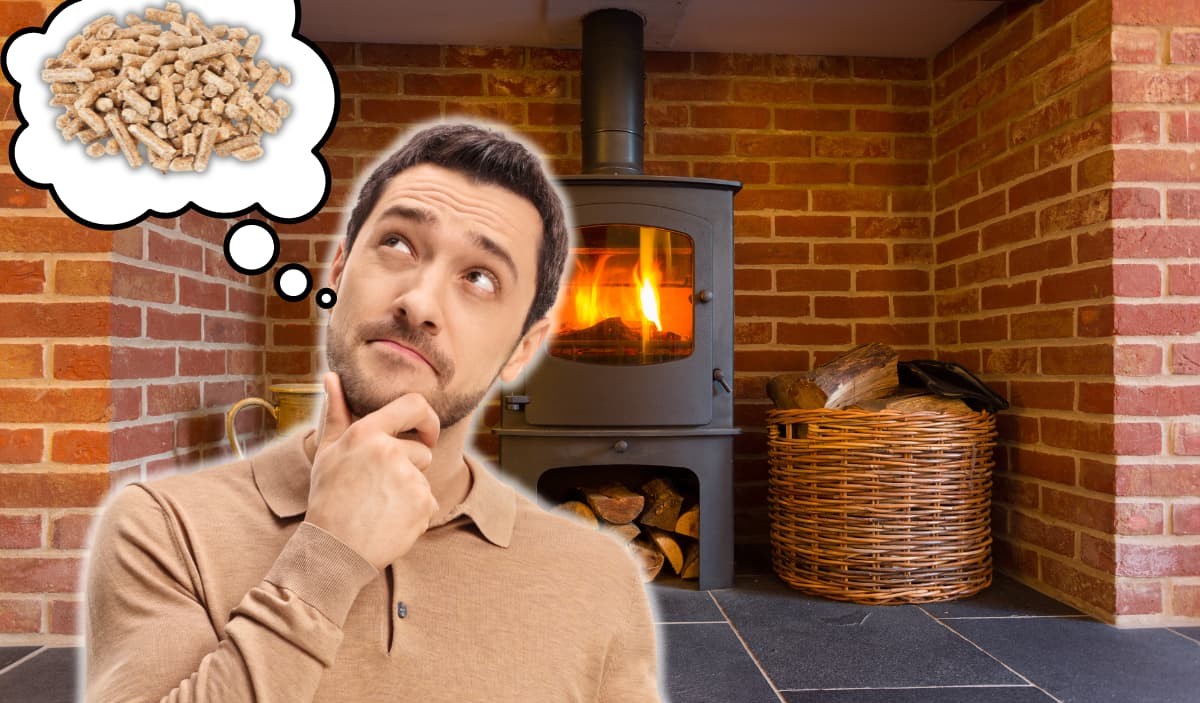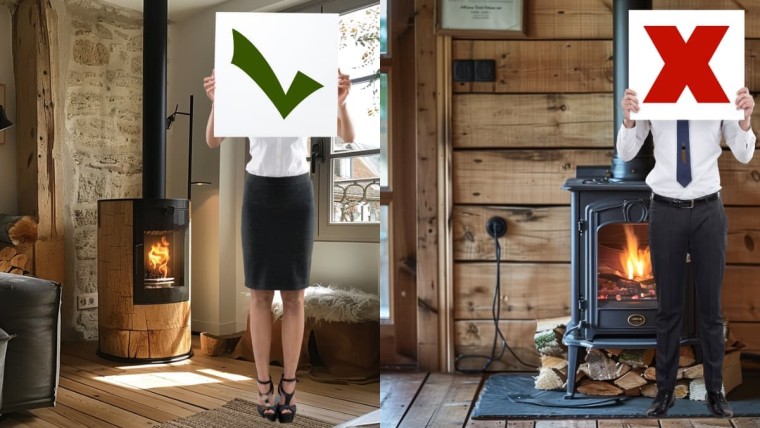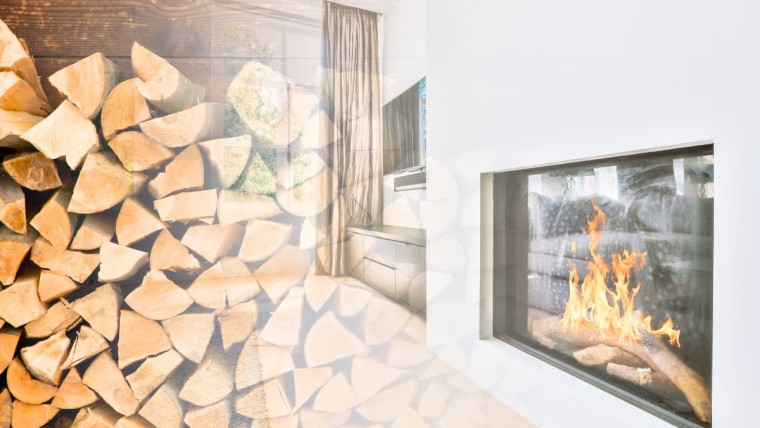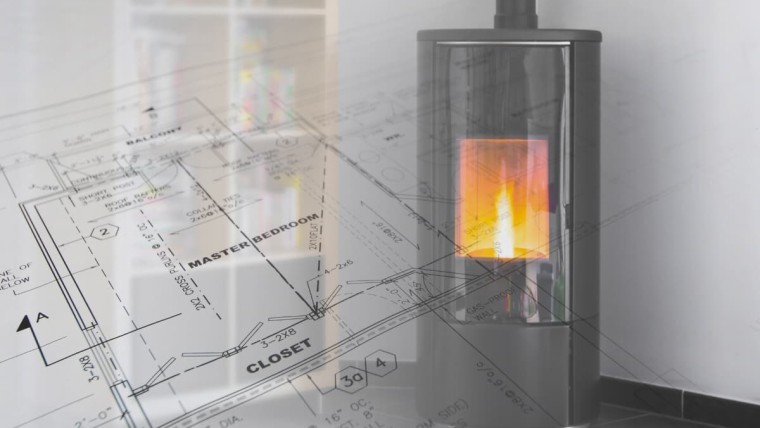While heat pumps are highly favored by the Government's energy transition aid, wood and pellet stoves are not to be outdone and are very popular.
If you own a wood-burning stove, you probably haven't missed out on the pellet trend, whose practicality no longer needs to be proven. Are you tempted to replace your logs with pellets, but don't know if it's possible?
In this article, we'll see if this clever technique can turn you into a pellet enthusiast!
Can pellets really be used in a wood stove?
It should be noted that, technically, a traditional wood-burning stove is not designed to burn pellets. Indeed, although these two types of heating may be similar in appearance, there are major differences between them in terms of fuel. However, if you'd like to burn pellets in your wood-burning stove, you should know that this is perfectly feasible, provided you equip yourself with a special basket called a pellet burner or pellet adapter.
- The pellet burner is an open-bottomed metal basket-shaped receptacle into which you can place your pellets.
- Simply pour the pellets into the basket and place it on the stove grate.
- Don't forget to clean your stove properly before using wood pellets.
Beware of constraints on use
Although the use of pellets in a wood-burning stove is feasible in principle, it is not recommended in all cases.
In fact, the pellet burner is not always very efficient, as not all the pellets may burn completely and combustion may not be optimal.
What's more, frequent opening of the appliance increases the risk of burns due to the high temperature inside. So think twice before customizing your wood-burning stove!
The advantages of using pellets in a wood-burning stove
Using pellets in a wood stove has a number of advantages:
- Energy saving : Pellets are denser than wood, so they deliver more heat for the same volume. In fact, because pellets are made by compressing sawdust and wood shavings, they are very dense. This makes for cleaner, more efficient combustion.
- Practical storage : Wood pellets take up less space and are easier to transport than traditional firewood. Whereas your log deliveryman has to unload the trailer in bulk in front of the door, a pellet delivery is much more organized, since they arrive in 15kg bags, often on pallets and neatly stacked.
- Less humidity : Pellets have a lower moisture content than wood, making them more efficient to burn. Pellets have a moisture content of around 10%, compared with 20 to 25% for logs.
- Environmentally friendly : Wood pellets are a renewable, environmentally-friendly source of energy. Although they are locally sourced, this fuel does not come from forests more than 50km away on average. Sawdust and shavings are brought to the factory to be compressed and then dried, usually using a large wood-fired boiler.
The disadvantages of using pellets in a wood-burning stove
However, using pellets in a wood stove also has its drawbacks:
- High initial cost : Pellets can cost twice as much as traditional firewood in log form. However, their energy efficiency can offset this cost in the long term.
- Need for specific equipment : Using pellets requires the purchase and installation of a pellet burner or pellet adapter, which can represent an additional cost. Depending on the model required, this can cost from around €100 to €200 at Leroy Merlin.
- Not always effective: As mentioned above, it's possible that not all the pellets are used during combustion, thus partially reducing their efficiency, and increasing the cost per kWh generated.
Conclusion: an appropriate choice to complement wood heating?
Ultimately, using pellets in a conventional wood-burning stove can be beneficial in a number of respects, not least in terms of energy savings and convenient storage. However, let's not forget the constraints associated with this practice, such as the need to install a specific pellet burner and potential efficiency problems.
Not to mention the fact that pellets are much more sensitive to humidity and can therefore lose their efficiency if storage is not perfectly dry.
This means that pellets can be used as an occasional complement to a main wood-burning heating system, but not as a complete substitute.

Julien G.
Juliena mechanical engineering graduate and specialist in climate engineering since 2009, has become a writer specializing in renewable energies, with expertise in heat pumps and photovoltaic solar panels for individual housing.
See all articles by this author






